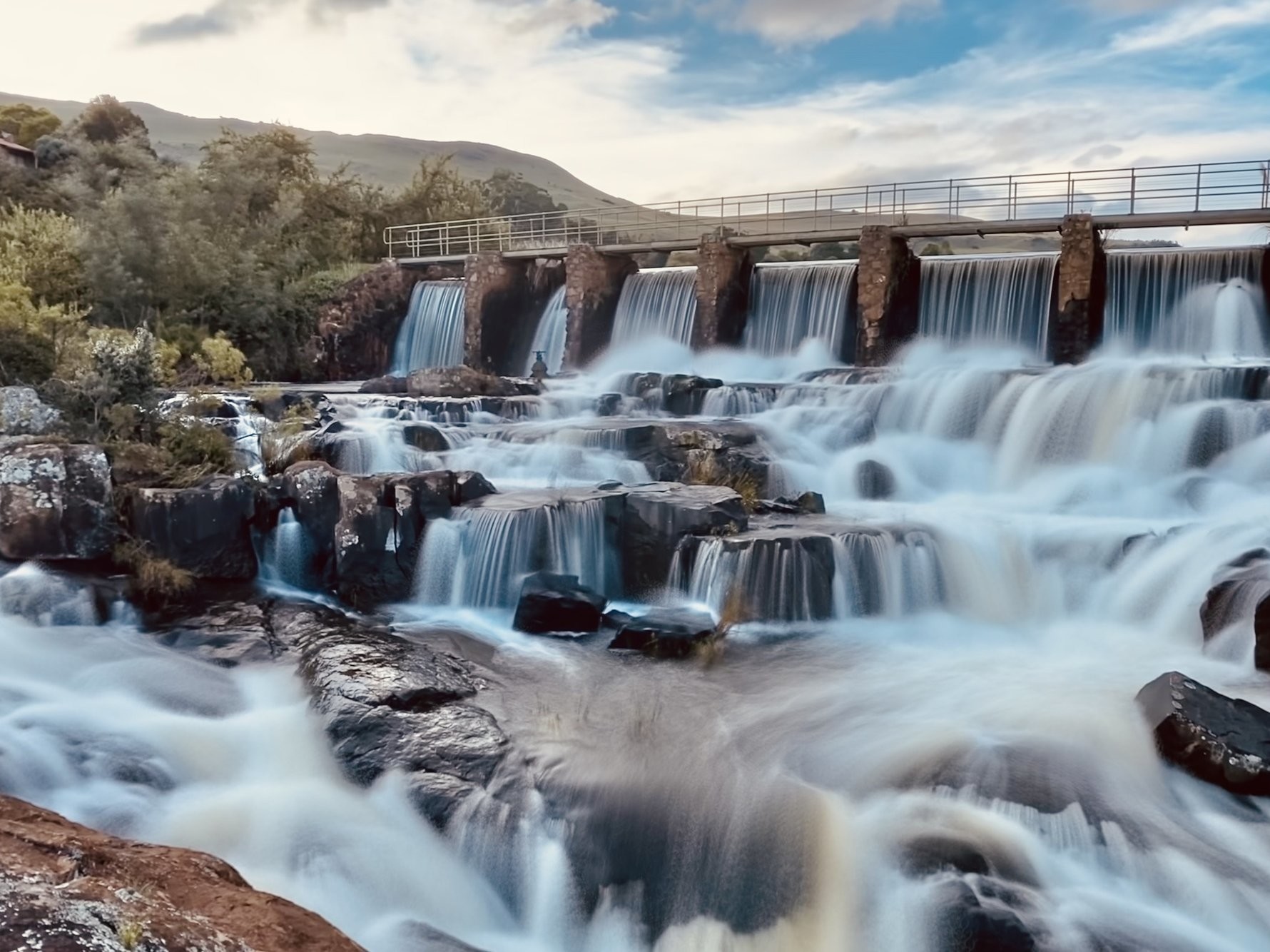The Greatest Guide To Johannesburg North Attractions
The Greatest Guide To Johannesburg North Attractions
Blog Article
What Does Johannesburg North Attractions Mean?
Table of ContentsFascination About Johannesburg North AttractionsThe Best Strategy To Use For Johannesburg North Attractions10 Simple Techniques For Johannesburg North AttractionsJohannesburg North Attractions Fundamentals ExplainedWhat Does Johannesburg North Attractions Mean?Not known Details About Johannesburg North Attractions Excitement About Johannesburg North Attractions
You should keep safety in mind and vacationers have to stay alert at all times when in unfamiliar surroundings. Speak to the residents when you remain in community to discover the location you are remaining in. Johannesburg North attractions. When on the street (this does not use to shopping center and various other secure settings) best general advice is to try your best to look like a local and to prevent displaying any form of riches
Johannesburg North Attractions Things To Know Before You Get This
Teacher Revil Mason O. J. (Thomson, 1946) explored the Witwatersrand's pre-colonial background. His archaeological job exploded the 'em pty land' misconception, according to which the region was empty of human habitation before the arrival of European settlers. In his magazines Prehistory of the Transvaal: A Record of Human Activity (1962) and Origins of Black Individuals of Johannesburg and the Southern Western Central Transvaal AD 3501880 (1986 ), Teacher Mason showed the degree of social and financial advancement in the area prior to Europeans established foot right here.

Little Known Facts About Johannesburg North Attractions.
In 1878, David Wardrop located gold in quartz veins at Zwartkop, north of Krugersdorp. In 1881, Stephanus Minnaar came throughout gold on the farm Kromdraai, near the Cradle of Humankind.
In March 1886, a protrusion (soon to be called the Main Coral reef) was located, quite fortuitously, on Gerhardus Oosthuizen's ranch Langlaagte. Some state that the Lancastrian coal miner George Walker uncovered this reef. An additional travelling English miner, George Harrison (who had previously worked in Australian mines) gotten a prospecting licence in respect of Langlaagte in May 1886.
He chose to proceed in a pursuit for greener fields, and disposed of his Langlaagte case for the princely sum of 10. Alas: beneath lay the wealthiest goldfield ever found. The exploration of this abundant auriferous reef prompted a gold thrill that signalled the end of bucolic tranquillity in the southerly Transvaal.
It would, within six years, come to be the largest community in southerly Africa. Within a decade, it would certainly make the Z. A. R. up until after that an anarchical and bankrupt little state the most next affluent nation in Africa. By the millenium, the Z. A. R. was to go beyond Russia, Australia and the United States of America to come to be the world's leading gold manufacturer, creating greater than a quarter of the world's gold.
The Main Principles Of Johannesburg North Attractions
It was referred to as Ferreira's Camp, called after Colonel Ignatius Ferreira. He was a Boer traveler upon whom the British authorities had actually presented the status of Buddy of the Many Identified Order of St Michael and St George (qualifying him to the post-nominal letters C. M. G.) in thankfulness for his function in the battle that had actually deposed the Pedi king Sekhukhune in 1879.
Two other camps were developed: Meyer's Camp on the ranch Doornfontein, and Paarl Camp. The latter was nicknamed Afrikander Camp; several people from the Cape Colony settled there.

The Ultimate Guide To Johannesburg North Attractions
This name got currency by word of mouth, such that the State Secretary verified the name to the Mining Commissioner on 9 October 1886. Stands in the village were auctioned on 8 December 1886. While some stands were offered for 10, others were torn down for as little as sixpence.
Two years later on, these erven were to change hands for as long as 750 each. The tented camps decreased as a dorp of corrugated iron buildings established and increased north of the mines situated along the Key Reef Road. Areas such as Jeppe's Community (where working-class immigrants erected their residences) and Doornfontein (where the wealthy new 'Randlords' began to create their opulent homes) were quickly included to the ever-expanding map of the community.
The smart Trick of Johannesburg North Attractions That Nobody is Discussing
Besides the road names, there were no indications of Johannesburg being located in a Dutch-speaking nation. Numerous years later on, C. W. Kearns O. J. (one of the very first kids enrolled at St John's University in 1898) would certainly recall: 'A weird truth about Johannesburg was that, although it was in the [Boer Republic], almost every person spoke English and also the Government slaves attended to one in English, unless they were first attended to in the Taal (or Reduced Dutch)'.
Britain had a rate of interest in making certain ideal problems for gold production on the Witwatersrand, and that the gold was exported to London instead than Berlin an essential provided all the more clamant by the Z. A. R.'s enhancing toenadering with Germany. Mine owners were on a clash with Head of state Kruger, whose policy of monopolistic giving ins (commonly given to his cronies) prevented mining business from acquiring materials of products (particularly dynamite) and labour on their own, cheaper terms
Some Of Johannesburg North Attractions
In 1890, the Volksraad had limited the franchise to white males that had stayed in the Z. A. R. for fourteen years you can try these out or longer, thus disqualifying the majority of the immigrants (that took place to be the major contributors to the fiscus). Nonetheless, agitation for the vote was a simple pretense for promoting a various agenda; most uitlanders regarded themselves as momentary visitors and had no intent of staying in the Z.
Report this page